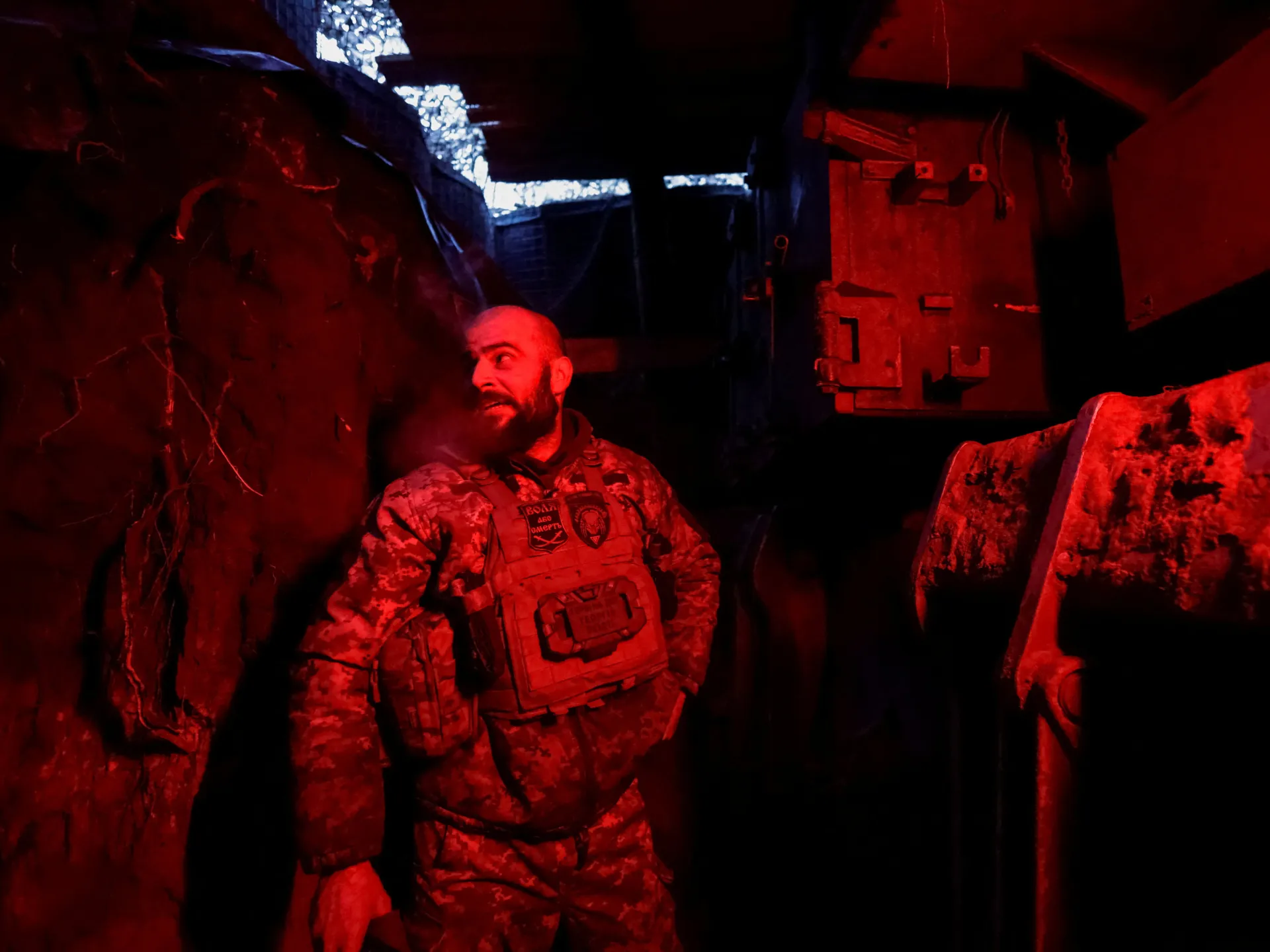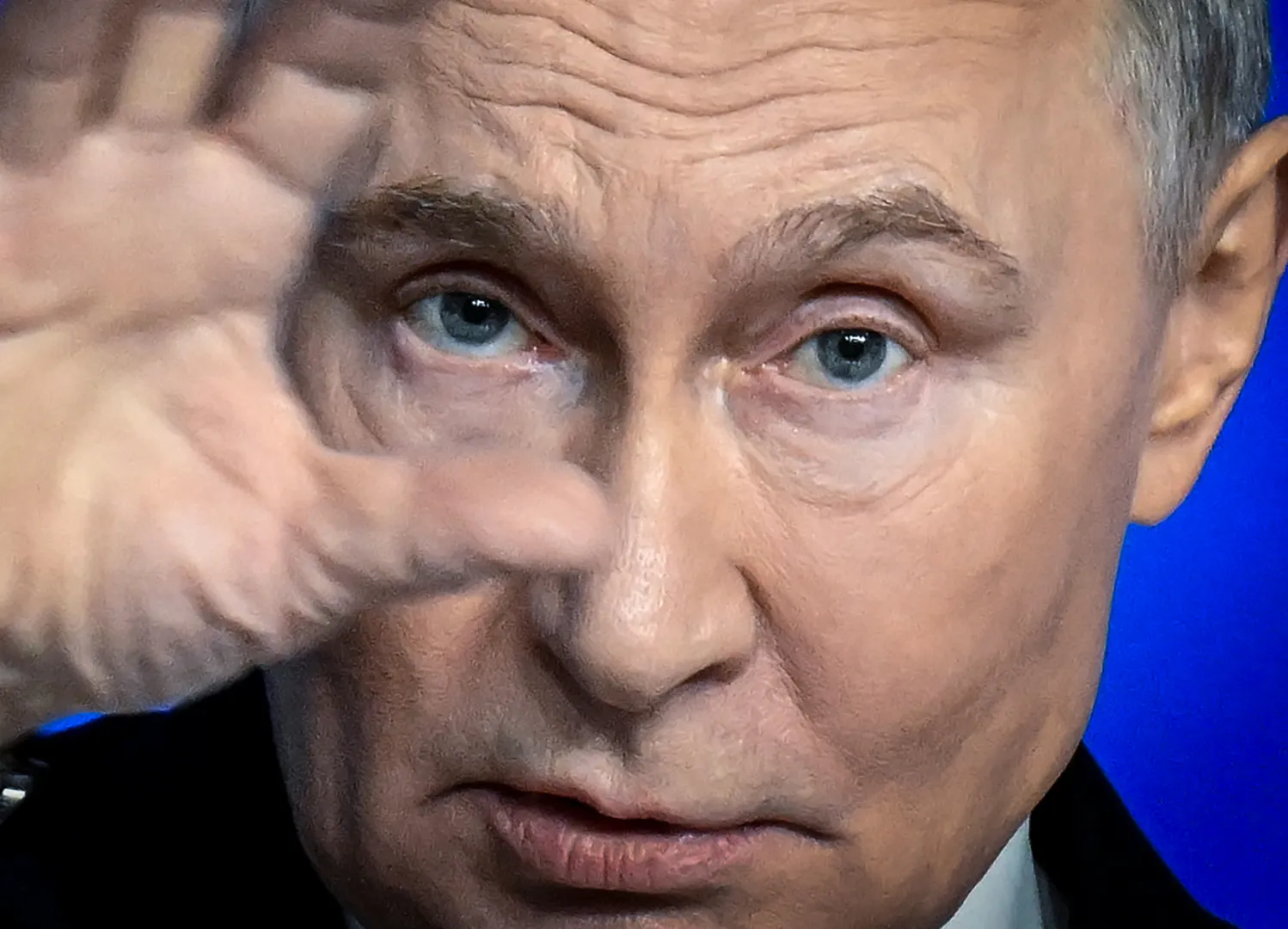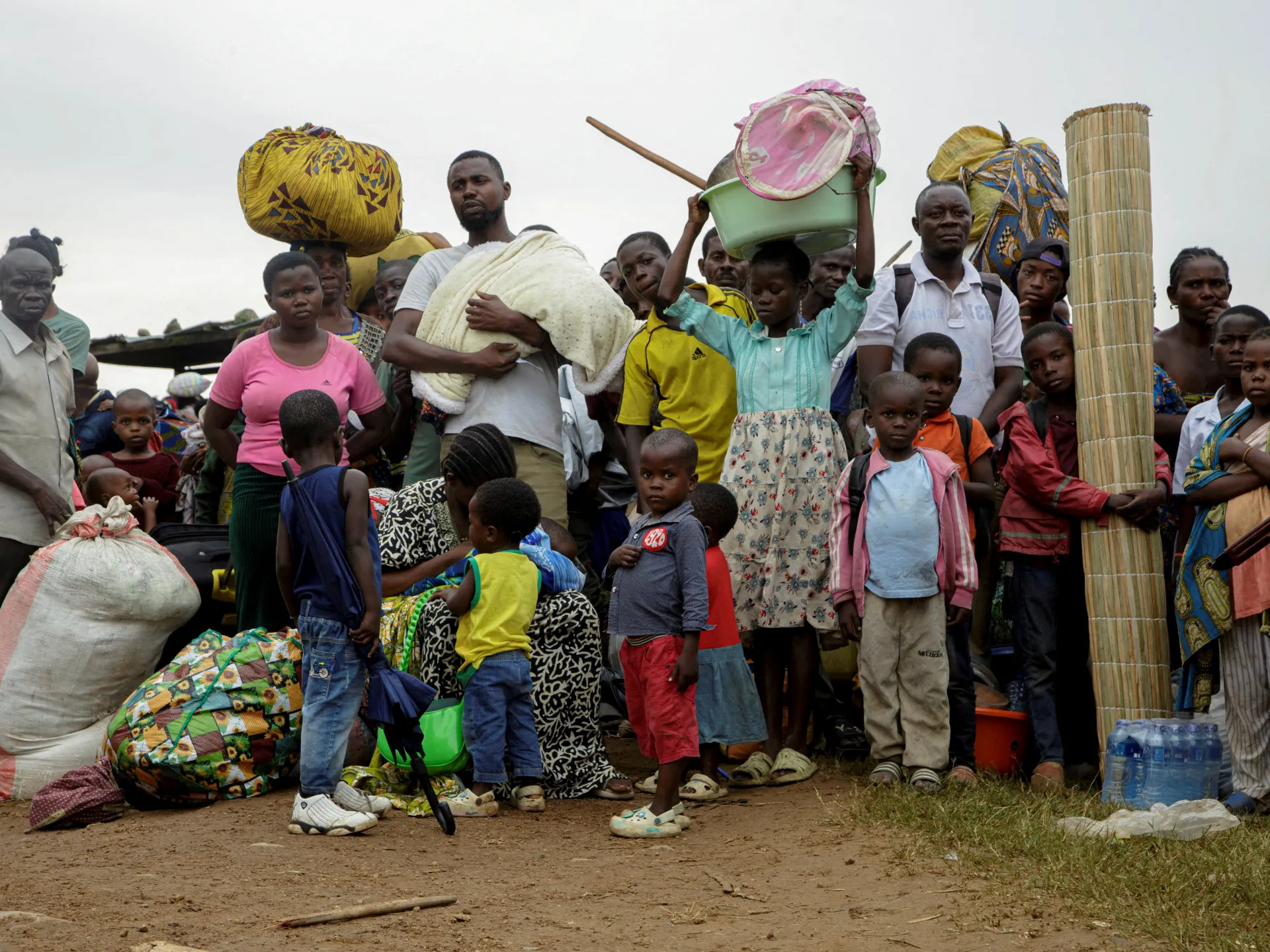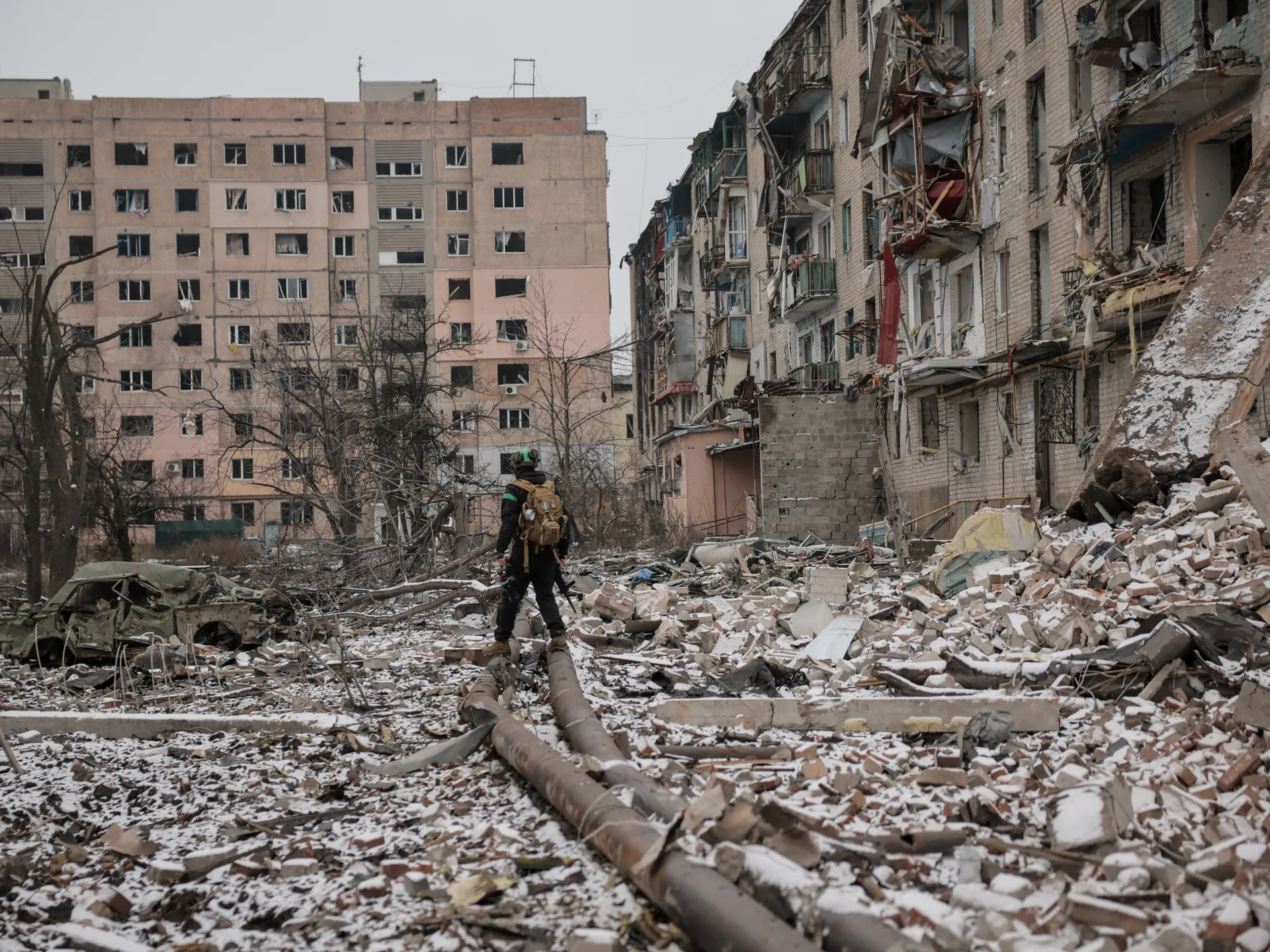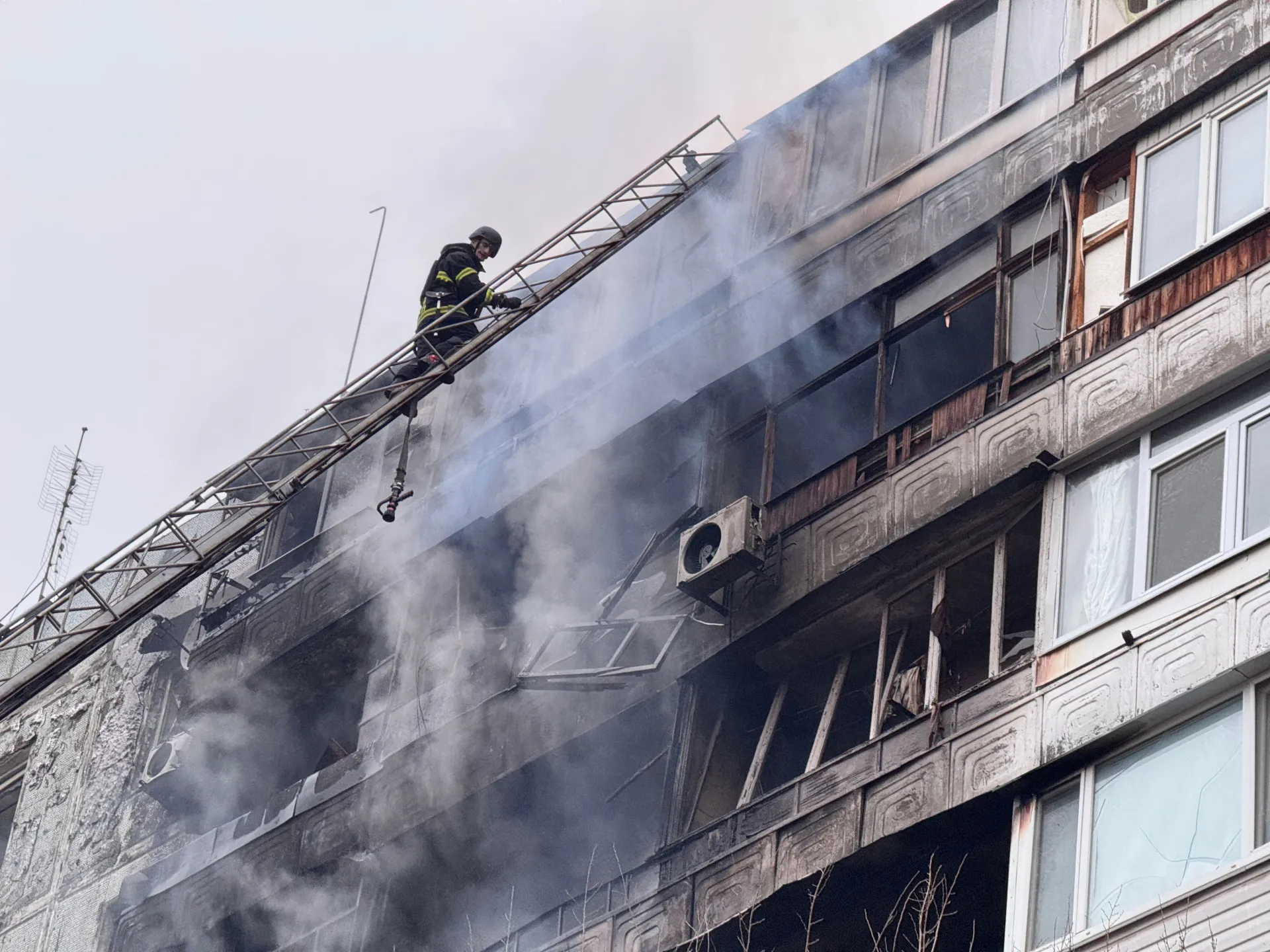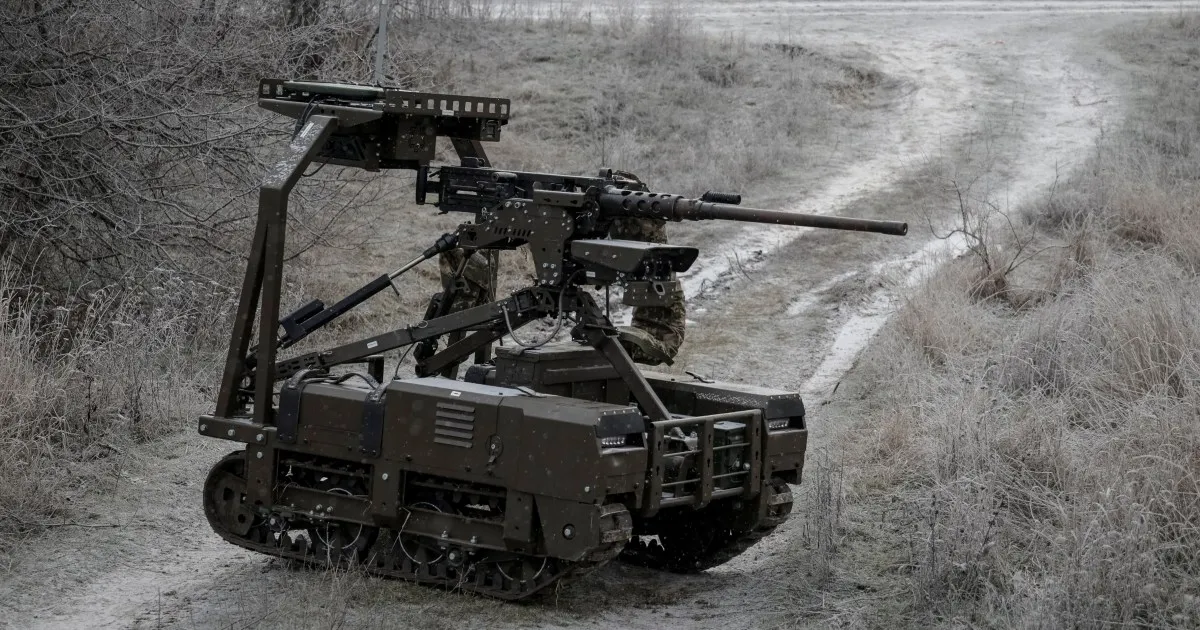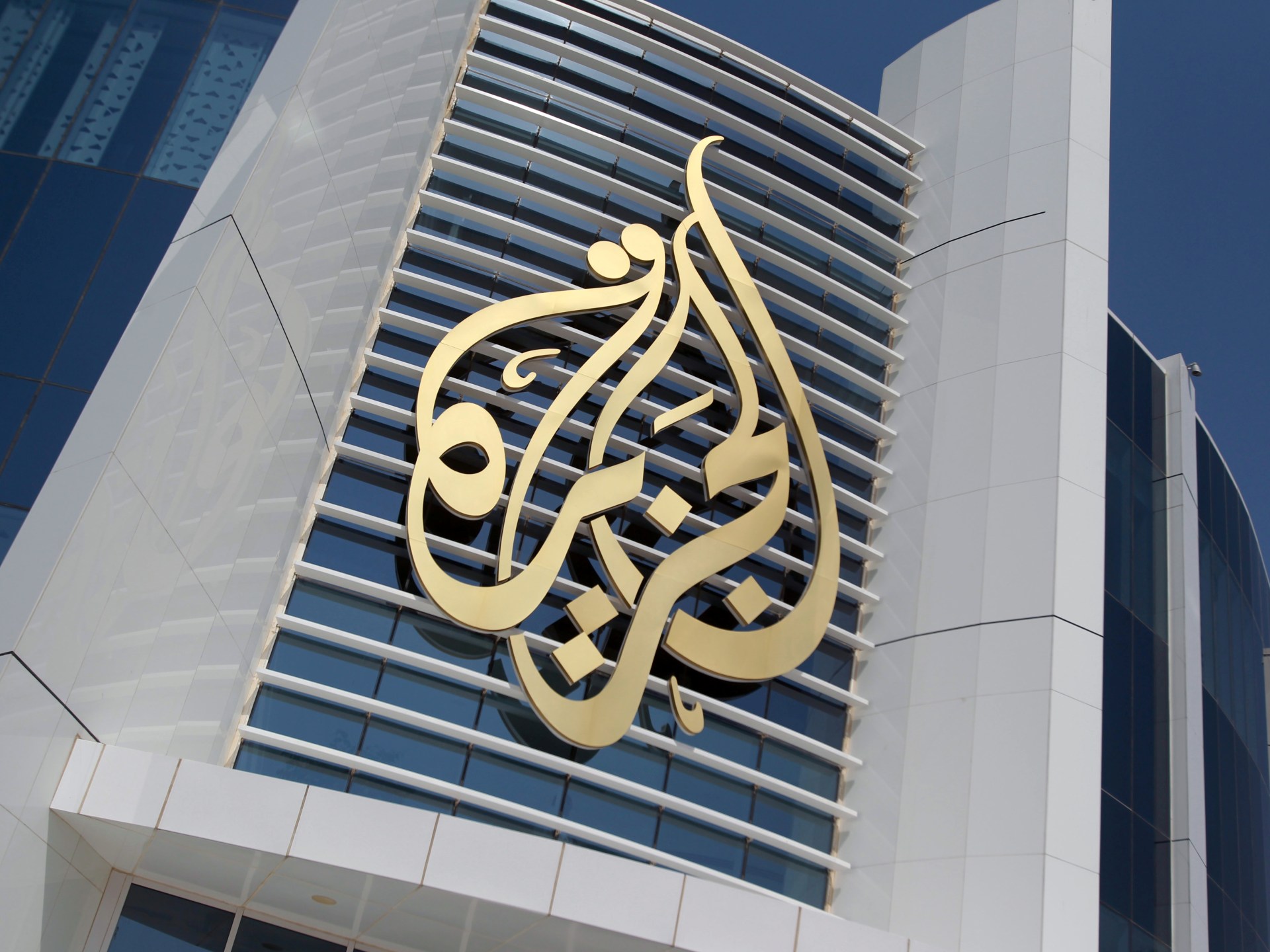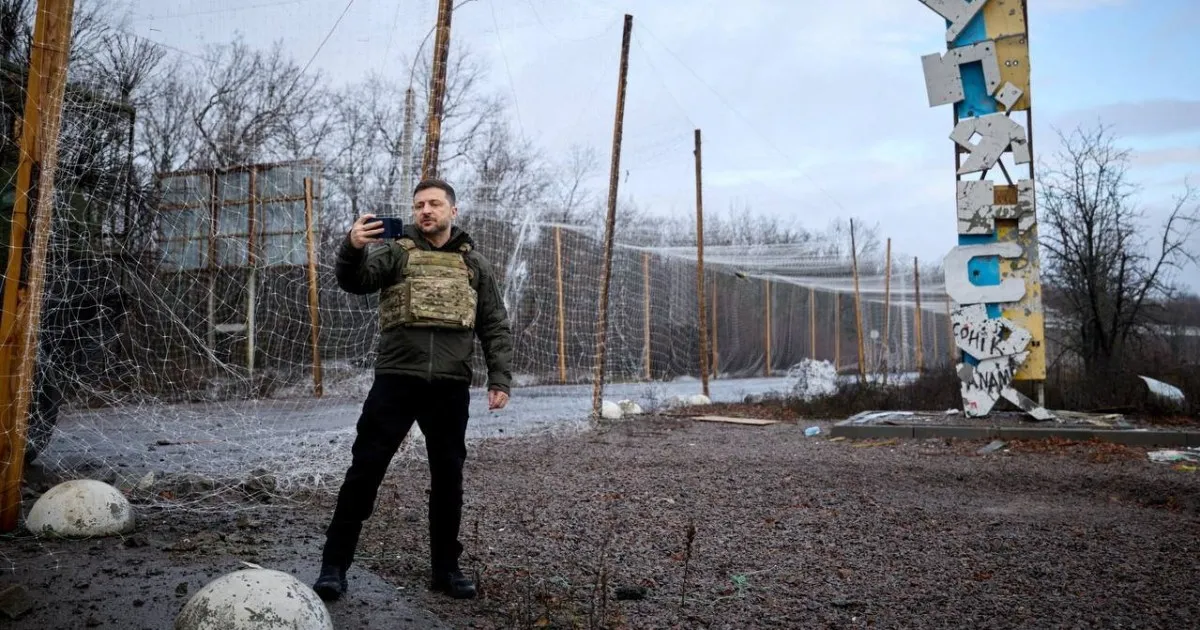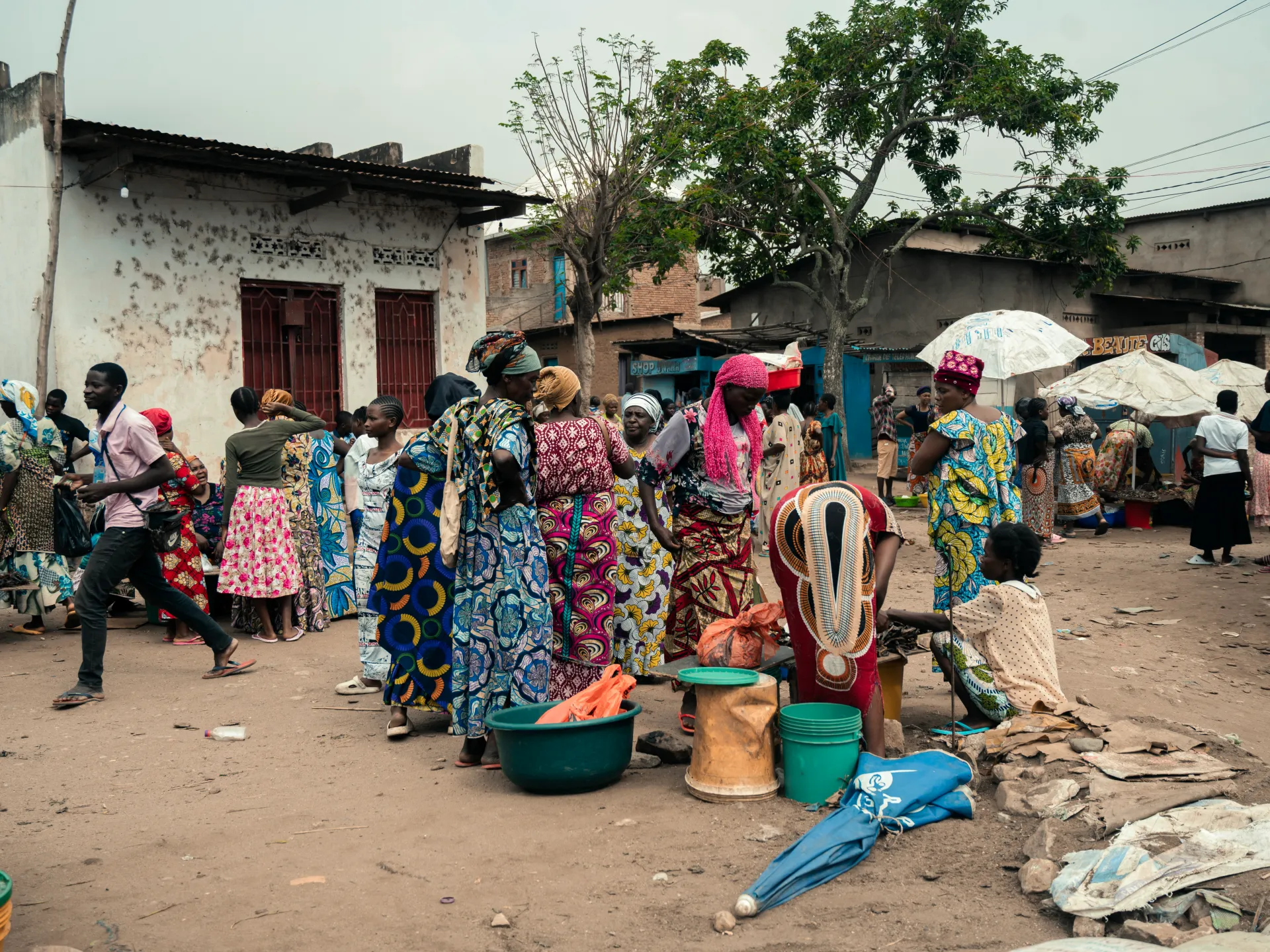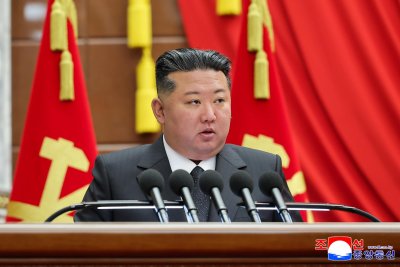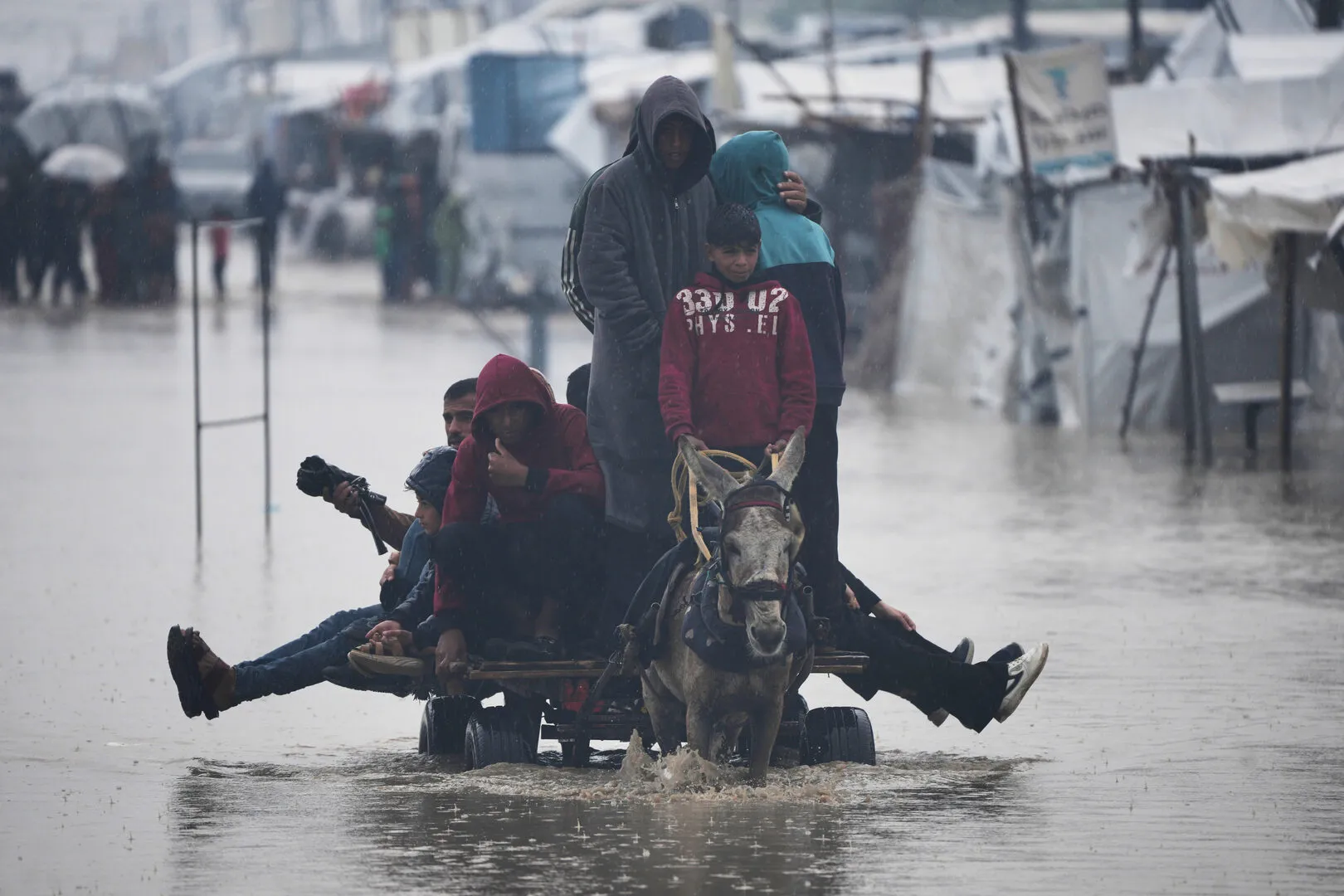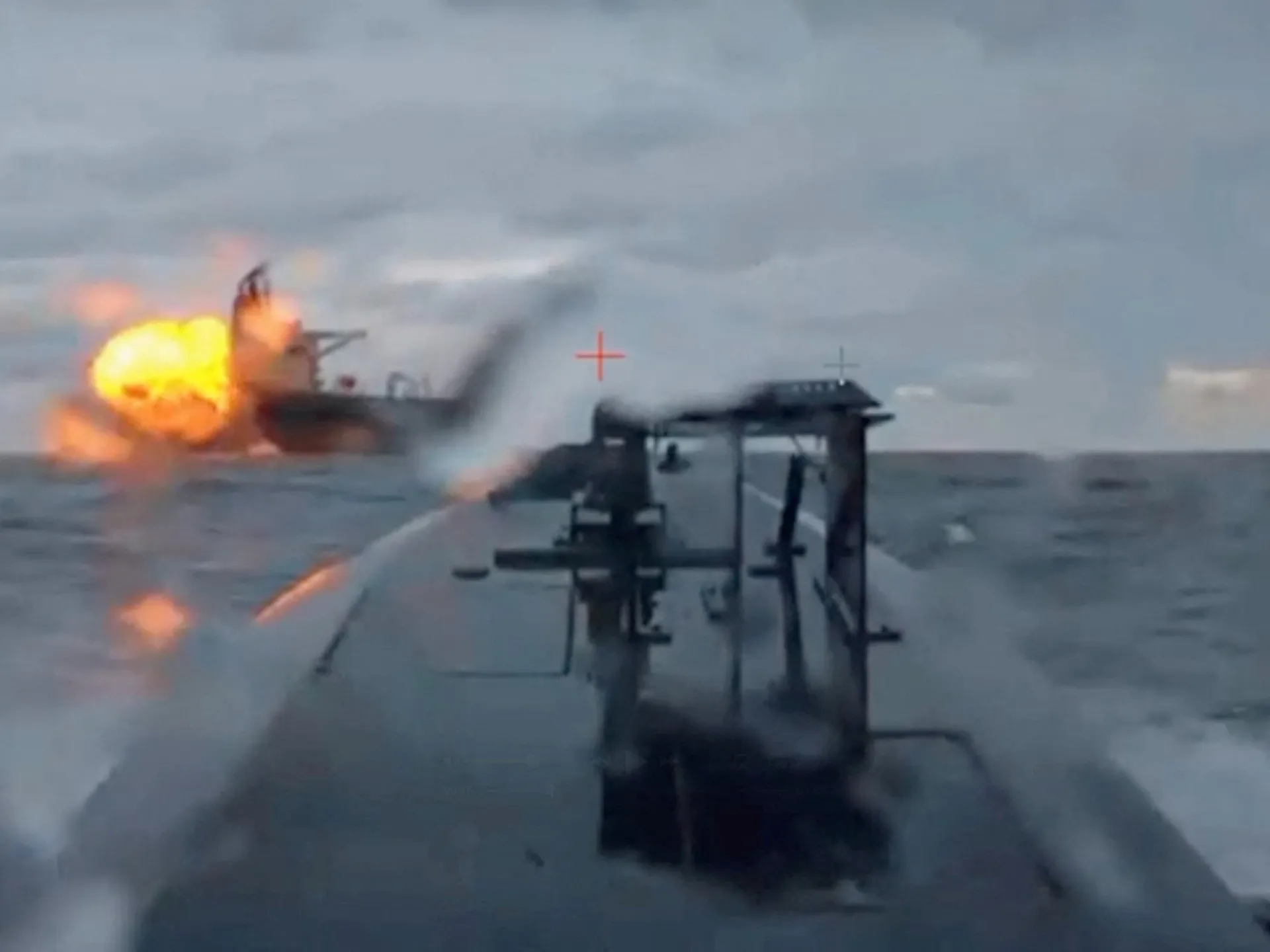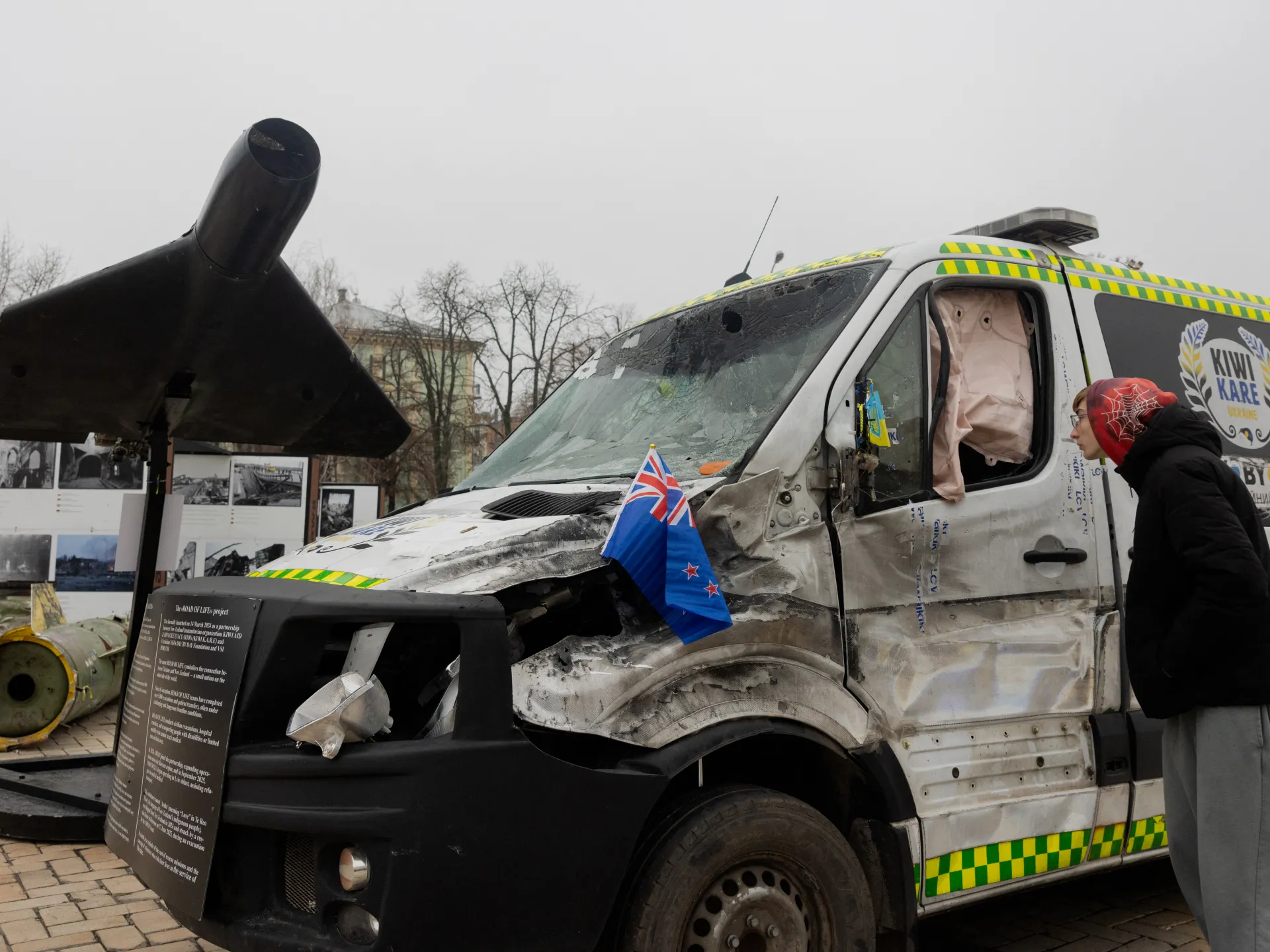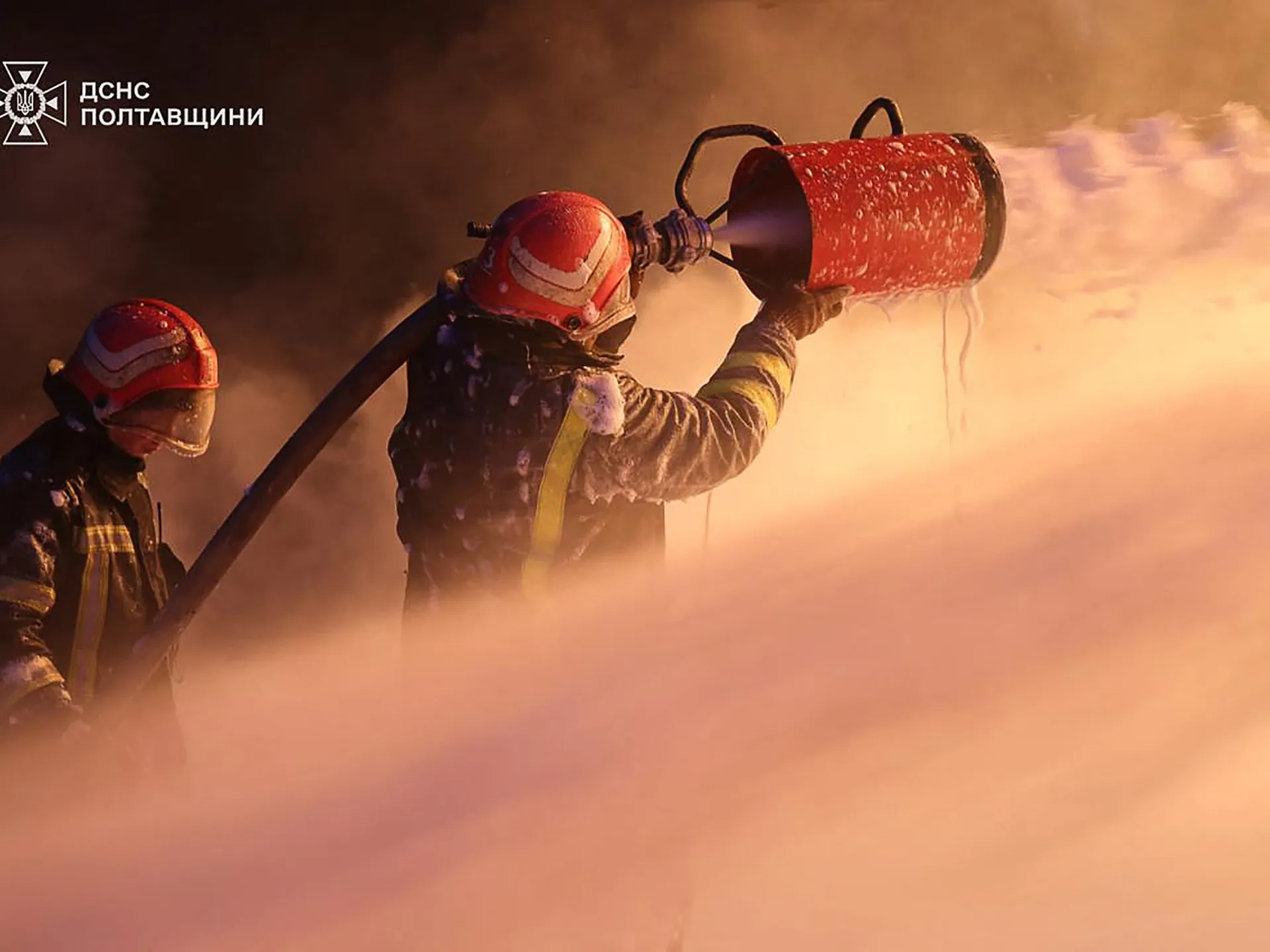Russia-Ukraine war: List of key events, day 1,396 | Russia-Ukraine war News
Here is where things stand on Sunday, December 21:
Fighting
- The death toll from a Russian missile attack on Ukraine’s port city of Odesa rose from seven to eight, with at least 30 others wounded, according to Ukrainian authorities.
- Ukrainian President Volodymyr Zelenskyy described the situation in Odesa as “harsh” and accused Russia of trying to block Kyiv’s access to the Black Sea.
- The Ukrainian leader also said that he is looking to replace the head of the Southern Air Command, Dmytro Karpenko, over the Russian strikes on Odesa.
- Ukrainian Deputy Prime Minister Oleksii Kuleba said Russian forces also attacked the nearby port of Pivdennyi on Saturday, hitting several reservoirs.
- Ukraine’s military said its special forces carried out a drone attack on a Lukoil oil rig in the Caspian Sea on Friday, along with the Russian military patrol ship Okhotnik. The military also said that the Filanovsky oil rig, which had been targeted twice this month, was damaged in the strike.
- The Ukrainian military also said it destroyed two Russian fighter jets at an airfield in the occupied Crimean peninsula.
- Russia’s Ministry of Defence said its forces took control of the villages of Svitle and Vysoke, located in Ukraine’s eastern Donetsk region and the northeastern Luhansk region, respectively.
Diplomacy and ceasefire talks
- Zelenskyy said the United States proposed a new format for talks with Russia, comprised of three-way talks at the level of national security advisers from Ukraine, Russia, and the US.
- The Ukrainian leader expressed scepticism that the talks would result in “anything new”, but added that he believes that US-led talks have the best chance of success.
- He added that he would support trilateral discussions if they led to progress in areas such as prisoner swaps or a meeting of national leaders. “If such a meeting could be held now to allow for swaps of prisoners of war, or if a meeting of national security advisers achieves agreement on a leaders’ meeting… I cannot be opposed. We would support such a US proposal. Let’s see how things go,” he said.
- Zelenskyy also pushed back against calls for Ukraine to hold elections as the war drags on, stating that voting cannot take place in Russian-occupied areas and that security conditions must first improve. “It is not [Russian President Vladimir] Putin who decides when and in what format the elections in Ukraine will take place,” Zelenskyy said.
- Zelenskyy urged European leaders to approve a measure to seize frozen Russian assets and use them to fund Ukraine’s war effort, saying that doing so will strengthen Ukraine’s leverage at the negotiating table. The International Monetary Fund has estimated that Ukraine will need about 137 billion euros ($161bn) in 2026 and 2027, as the demands of the war continue to strain the country’s economy.
- Russian special envoy Kirill Dmitriev held talks with his US counterpart, Steve Witkoff, and US President Donald Trump’s son-in-law, Jared Kushner, in the city of Miami.
- “The discussions are proceeding constructively. They began earlier and will continue today, and will also continue tomorrow,” Dmitriev said
- Russian Minister of Foreign Affairs Sergey Lavrov attended a summit in Cairo, held to advance closer cooperation between Russia and African nations, and attended by more than 50 countries. Lavrov pitched Russia as a “reliable partner” to African countries in areas such as security and national sovereignty.
Weapons
- Ukrainian presidential aide Oleksandr Kamyshin announced a deal with Portugal on the joint production of maritime drones, saying it would help “defend Europe from the sea”.
